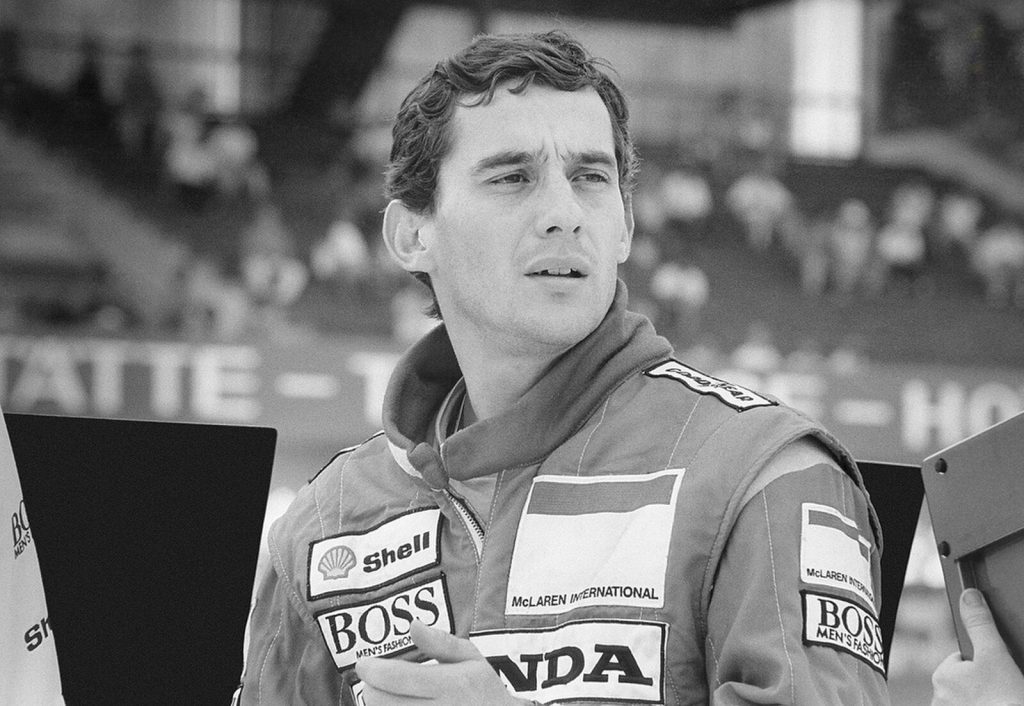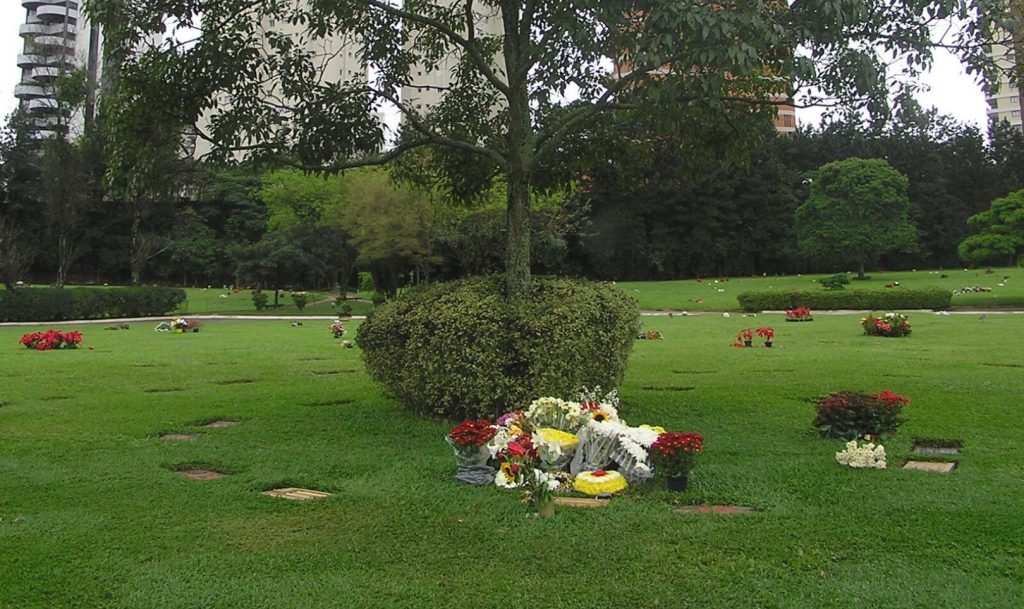While Ayrton Senna’s death at the 1994 San Marino GP changed Formula 1 for the better, the controversies surrounding his fatal crash remain.
- Brazilian legend Ayrton Senna lost his life in a high-speed crash at Imola during the San Marino GP on May 1, 1994.
- Hitting the concrete wall at 190 mph, Senna slipped into come from head injuries, which later resulted in his tragic demise.
- While his death led to significant safety reforms in F1, Senna’s death still sparks theories and controversies to date.
Widely regarded as one of the greatest racing drivers of all time, late icon Ayrton Senna holds three world titles and 41 race wins to his name. But unfortunately, it only took a blip second for Senna’s life and records to come crashing during the events at the San Marino Grand Prix in 1994.

After one of the darkest weekends in Formula One racing history, which saw Austrian racer Roland Ratzenberger’s tragic demise on April 30, the San Marino Grand Prix witnessed Ayrton Senna’s fatal accident on May 1, when he hit the concrete wall at 190 mph. Although Senna passed away later that day, after slipping into a coma, questions and controversies surrounding his death remain today.
How did Formula One Legend Ayrton Senna Die?
Brazilian icon Ayrton Senna, popularly known for his aggressive driving style and intense passion for motorsport, has undoubtedly left an indelible mark on Formula 1. While his career and breathtaking victories made him one of the greatest racing drivers of all time, it was his abrupt end on a dark day that forever changed the sport he loved
According to The Sun, Ayrton Senna’s life was tragically cut short on May 1, 1994, during the San Marino Grand Prix at the Imola circuit, Italy. Surprisingly, the deeply sorrowful event had happened just a day after the death of Austrian driver Roland Ratzenberger on April 30, who crashed while qualifying.
Much like Ratzenberger, Senna’s blue Williams racing car sped at 190mph, and went straight into a concrete barrier during lap 7, instead of turning into the Tamburello left corner. Following the impact, Senna lay motionless in the cockpit as he suffered three major injuries as a result of this collision (via Formulanerds).
Senna suffered a hit to his helmet from the rebounding wheel that shoved his head back against the headrest. Thereafter, a loose piece of suspension also penetrated his helmet. And on top of that some upright assembly pierced his helmet visor. While these three catastrophic injuries could have been fatal, they led the legend to slip into a coma.
With the faint hope of survival, Ayrton Senna was rushed to the hospital where his heart stopped and was restarted. However, after extensive medical work, Senna’s heart once again stopped beating at 6:37 pm, when it was decided that it would not be restarted, following his family’s permission. Senna was thus pronounced dead at 6:40 pm local time.
Where is the Late Icon Ayrton Senna Buried?
Following Ayrton Senna’s tragic death, which left the world of motorsport reeling, the three-time World Champion had a private funeral, when he was laid to rest in his home country of Brazil. As per Autoweek, his burial took place at the Morumbi Cemetery in São Paulo, in the city where he had grown up and where he had become a national hero.
The Brazilian government declared national mourning for three days, and an estimated 3 million people lined São Paulo’s streets to witness and pay tribute to Senna, while his coffin was being transported from the airport into the city, upon its return from Italy. Several racing figures attended his funeral including Alain Prost, Damon Hill, Rubens Barrichello, Gerhard Berger, and others.

Buried in São Paulo, Senna’s grave marker holds an epitaph reading “Nada pode me separar do amor de Deus”, translated into “Nothing can separate me from the love of God.”
How did Ayrton Senna’s Demise Change Formula One?
Soon, Ayrton Senna’s death became a watershed moment in Formula 1 and a grim reminder of the dangers that had always been present on the racetrack. Therefore, the aftermath of his demise prompted widespread changes within the sport, particularly in the area of safety. Considering how the world was robbed of two remarkable racing talents—Senna and Roland Ratzenberger, the FIA took immediate action.
Ever-increasing the levels of motorsport safety with total rigor and commitment, the FIA made immediate track and barrier changes in 1994. Using computer analysis that identified 27 high-risk corners at F1-grade circuits, the FIA undertook a program of circuit alteration to make it safer. Further, the speed limit in the pit lane was reduced to 49 miles/h in practice and 74 miles/h in races.
